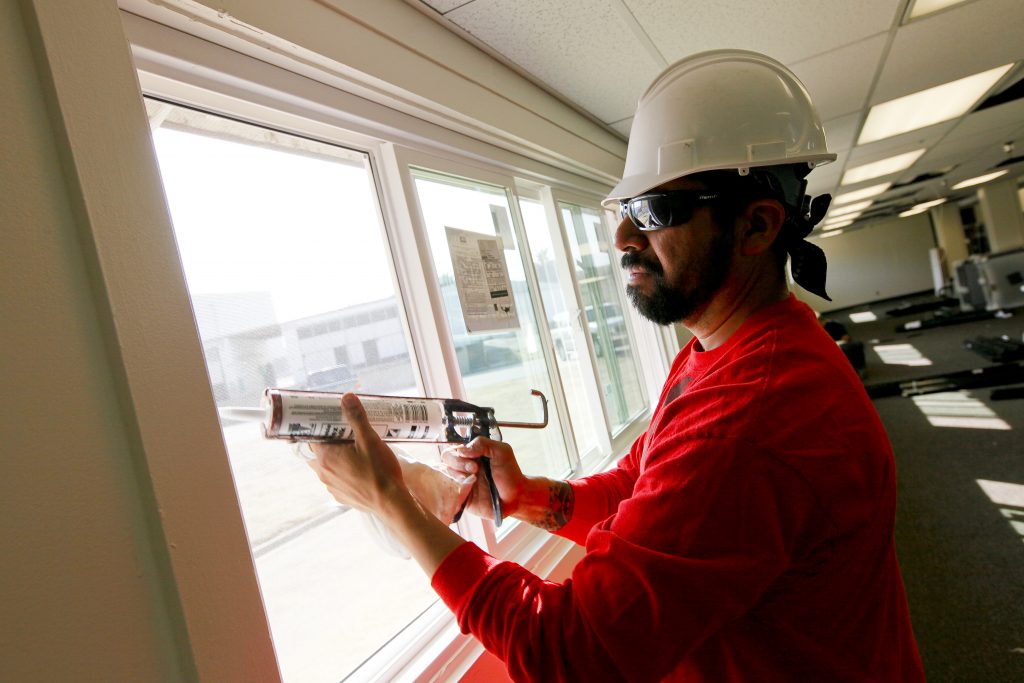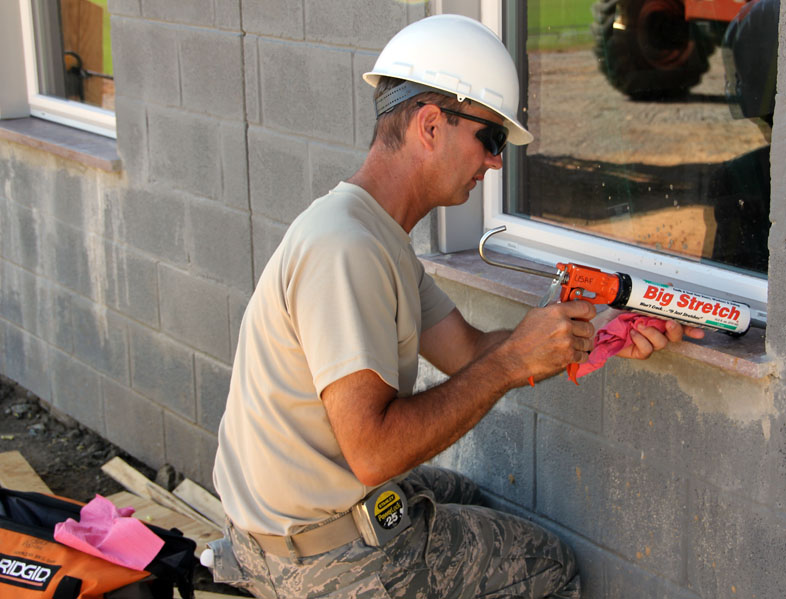Apply Caulk Properly
Window caulking, that process of sealing those gaps around the window with a waterproof coat, can be an easy job that may save you lots of bucks. A well-done window caulking will protect your property against heat leakage, moisture intrusion, and drafts for a long time.

Here are the top 10 most common mistakes of caulking that most people do.
Not Applying The Appropriate Caulk
There are many varieties of caulk in the market, so you get what you pay for. Choose a high-quality window caulk that is manufactured from polyurethane or silicon. Polyurethane caulk adheres well and can last up to 20 years. It’s heavy duty spray foam that has a tendency to expand when it dries. This is an excellent caulk if you intend to seal exterior windows. Silicone caulk comes to a mixture of latex and silicon, making it very waterproof. The problem with silicone caulk is the odor it emits as it dries.
Other caulks like resin, oil and butyl rubber are cheap but will not adhere to the surfaces for a long time. Don’t save money on caulk, you will regret later.
How To Deal With Old Caulk
Without removal of old caulk sufficiently will leave moisture accumulated over the years on the surface of your window. Buy a putty knife and use a sharp tool to remove old caulk completely. Some people prefer to apply a caulk remover gel, which works great because it leaves the surface totally clean and dry.
Not Using The Correct Applicator
You need a good caulking gun to dispense properly. Some people make the mistake of using the cartridge of caulk from the store which does not double as a tool for direct application. A good caulk gun has a comfortable grip and comes with a smooth plunger rod. Cheap caulk guns give uneven results, which makes the job look cranky.
Applying Too Much Caulk
We know you don’t want to see those cracks, but don’t be tempted to simply apply more caulk. The best way is to first fill the crack with a backer rod – a small segment of the foam rope, before applying the caulk.
Skipping The Tooling Procedure
Tooling is the procedure of ironing out the caulk after an application. This very important step not gives a neat finish but also ensures you do a professional job. The fingers are the best tools you have for tooling. Run them along the bead to make sure it fills the gap completely.

Watch Where You Cut The Tube Of Caulk
The cut of the bead, which is the line that is designed with each squeeze of the caulk gun, should be the right cut. Always cut the opening of the caulk tube to efficiently fit the specific job. Silicone caulk comes with another layer in the tube. You can break it using a stiff wire or use the sharp object that comes with the product.
Ensure A Smooth Bead By Pressing Steadily
Hold the gun at 45 degrees. Understand that the smoothness of a caulk highly depends on you and how the evenness of pressure is exerted when squeezing the gun. Be steady from the beginning of the job to the end of it.
Don’t Let Water Mess Up Your Hard Work
Most caulk needs about 24 hours before they can be exposed to water. However, there is some great silicone caulks that can develop strength in as little as 3 hours.
Don’t Glue It But Seal It
Caulk is used to sealing cracks that happen between two adjoining materials. If you can see light through a crack apply a caulk and not an adhesive.
Seal All The Cracks In Your Home
While we are attempted to only seal around the windows, plumbing, electric wiring and doors, we forget to check the attics, crawl spaces and basements. Sometimes, cracks in these areas can pose even bigger dangers than small cracks in doors and windows.